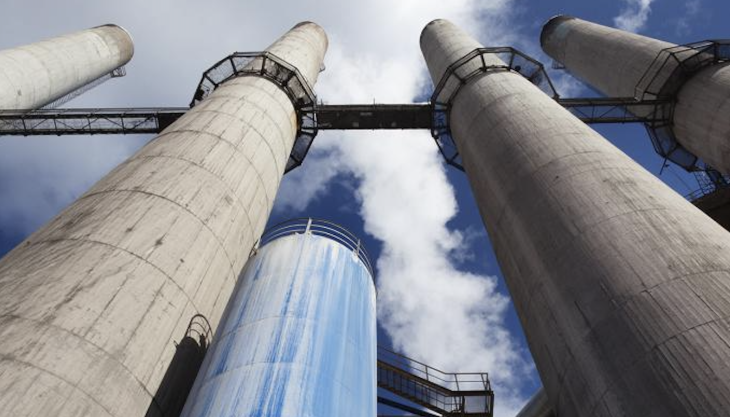
Norwegian government selects HeidelbergCement’s carbon capture and storage project in Brevik
THE Norwegian Government has today proposed to the Norwegian parliament the launch of the carbon capture project at the HeidelbergCement Norcem cement plant in Brevik, Norway.
With 400,000 tonnes of CO2 to be captured annually and transported for permanent storage, HeidelbergCement are planning to realize the first industrial-scale carbon capture and storage (CCS) project in the world at the Brevik cement plant.
The Norwegian Government’s proposition is the second-last step in the approval process for the project. As the final step, the Norwegian parliament is expected to sign the budget until the end of 2020.
‘We are very pleased with the proposal of the Norwegian Government,’ said Dr Dominik von Achten, chairman of the managing board of HeidelbergCement. ‘This allows us to continue the pioneering work that we started together with our partners in Brevik.
‘The CCS project in Norway is an important cornerstone in our climate strategy. It will enable us to significantly reduce otherwise unavoidable greenhouse gas emissions related to the cement production process.’
Giv Brantenberg, general manager of HeidelbergCement Northern Europe and chairman of the Board of Norcem, said: ‘We have been developing this project since the first desktop studies in 2005 and have interacted well over many years with the Norwegian authorities and our supportive partners.
‘We are proud and honoured that we may soon initiate the building of the world’s first full-scale carbon capture plant in the cement industry.’
The Norwegian Government shortlisted Brevik for an industrial-scale CO2 capture trial at the beginning of 2018.
On 5 September 2019, a memorandum of understanding on the capture and storage of CO2 was signed by HeidelbergCement and the state-owned Norwegian energy group Equinor. The project funding is largely supported by the Norwegian Government.
HeidelbergCement have committed to reducing their specific net CO2 emissions per tonne of cementitious material by 30% (compared with 1990) by 2025 – a figure had previously been targeted for 2030.
To achieve this, the company has defined concrete CO2 reduction measures for all its plants worldwide, with the aim of realizing its vision of carbon-neutral concrete by 2050 at the latest.









